Home>Interior Design>10 Living Room Sofa Ideas: The Essential Design Rules For Sofa Layouts And Trends
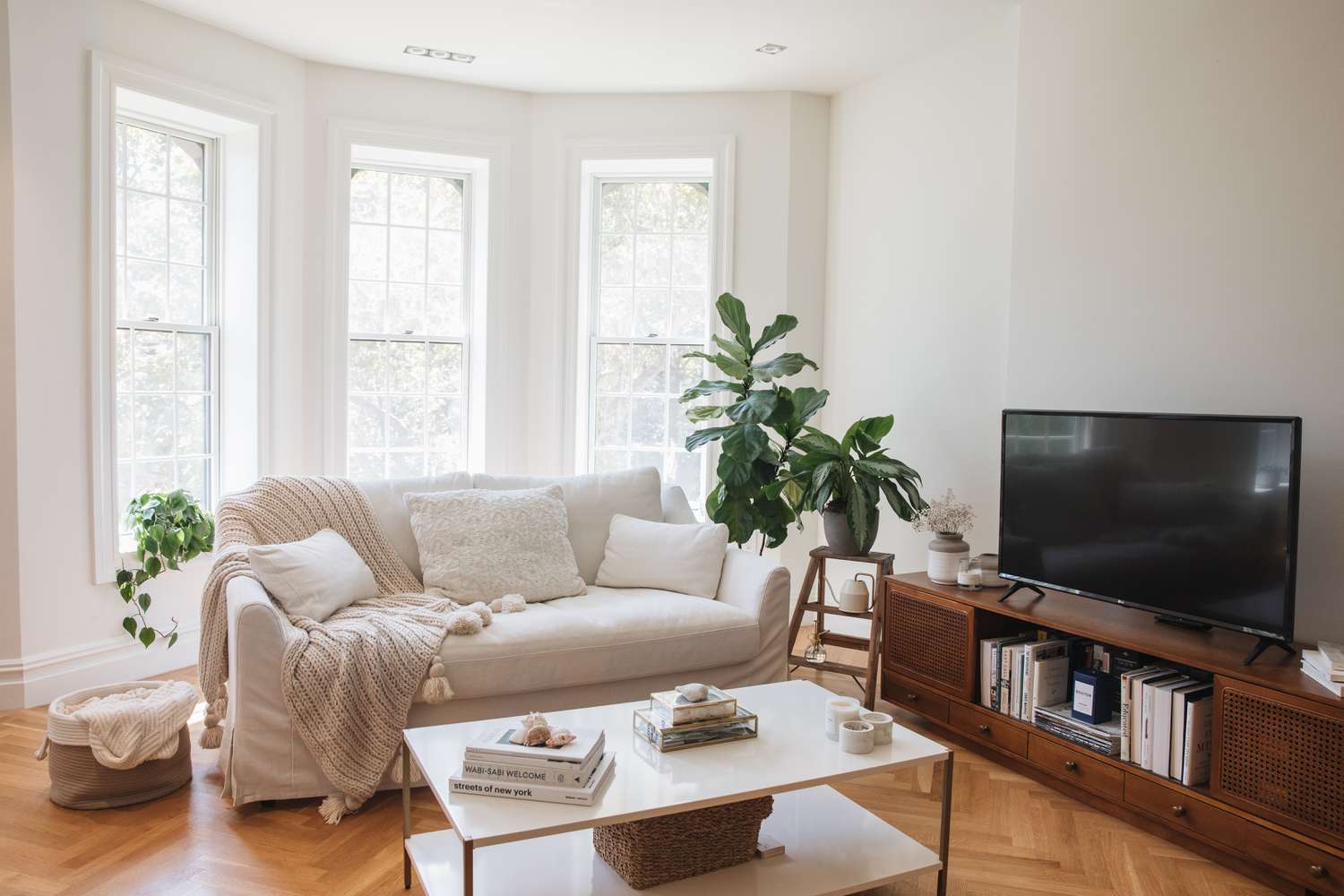

Interior Design
10 Living Room Sofa Ideas: The Essential Design Rules For Sofa Layouts And Trends
Modified: January 7, 2024
Discover the essential interior design rules for living room sofa layouts and trends. Get inspired by these 10 sofa ideas and create a stunning space.
(Many of the links in this article redirect to a specific reviewed product. Your purchase of these products through affiliate links helps to generate commission for Storables.com, at no extra cost. Learn more)
Introduction
Welcome to the world of interior design, where every element plays a crucial role in creating a beautiful and functional living space. When it comes to the living room, the sofa takes center stage as the anchor of the room. It not only provides a comfortable seating area but also sets the tone for the overall design and ambiance.
Choosing the right sofa for your living room is essential as it can significantly impact the functionality and aesthetics of the space. From determining the perfect size and style to considering the placement and arrangement, there are various factors to consider when selecting a sofa. In this article, we will guide you through the essential design rules and trends for living room sofas, helping you create a space that is both stylish and inviting.
Whether you are starting from scratch or looking to update your existing living room, these sofa ideas and design rules will inspire you to create a space that suits your style and meets your needs.
So, let’s dive into the world of living room sofas and explore the key factors to consider when choosing the perfect sofa, how to create a focal point with it, stylish sofa and coffee table pairings, mixing and matching sofa designs, selecting the right color and material, trendy sofa styles and designs, incorporating textures and patterns, functional features and accessories, as well as maintenance and care tips.
By the end of this article, you will have a comprehensive understanding of the essential design rules for sofas in the living room and be equipped with the knowledge to create a stunning and functional space that reflects your personal style.
Key Takeaways:
- When choosing a living room sofa, consider the size, style, and placement to create a comfortable and visually appealing space. Embrace trends like mixing sofa designs and incorporating textures for a personalized and inviting living room.
- Enhance the functionality and style of your sofa with accessories like accent pillows, throws, and side tables. Remember to maintain regular maintenance and care routines to protect and prolong the life of your sofa, ensuring it remains a beautiful centerpiece in your living room.
Choosing the Right Size and Style of Sofa
When it comes to selecting a sofa for your living room, size and style are two essential factors to consider. The size of the sofa should be determined by the proportions of your living room, as well as how many people you want the sofa to accommodate comfortably. Here are some factors to consider when selecting the size of a sofa:
- The dimensions of the room: Measure your living room’s dimensions to determine the maximum size of the sofa that will fit without overpowering the space. Consider leaving enough room for other furniture and pathways.
- Number of seats needed: Think about how many people will typically be using the sofa at the same time. If you frequently host guests or have a large family, a sectional or a sofa with extra seating capacity might be a better option.
- Ergonomics and comfort: The depth and height of the sofa should be proportional to the size of the people using it. Opt for a depth that allows for comfortable sitting and a backrest height that provides sufficient support.
- Functionality: If you have a small living room and need extra storage, consider a sofa with built-in storage compartments or a sleeper sofa that can double as a guest bed.
Once you have determined the right size for your sofa, it’s time to think about the style that will best suit your living room. Here are some popular sofa styles and their suitability for different living rooms:
- Traditional Sofa: Ideal for classic and formal living rooms, traditional sofas feature curved arms, intricate detailing, and rich upholstery. They provide a timeless and elegant look.
- Modern Sofa: With clean lines, minimalistic design, and a focus on functionality, modern sofas fit well in contemporary and minimalist living rooms. They offer a sleek and uncluttered look.
- Mid-Century Sofa: Inspired by the design aesthetics of the mid-20th century, these sofas have a retro vibe and often feature bold colors, tapered legs, and geometric shapes. They can add a touch of vintage charm to your living room.
- Sectional Sofa: Perfect for large living rooms or open-concept spaces, sectional sofas provide ample seating and can be configured in various arrangements. They are versatile and offer a cozy and inviting atmosphere.
- Sleeper Sofa: A great option for small apartments or homes without a guest room, sleeper sofas can be transformed into a comfortable bed. They are practical and save space.
Consider the overall style and theme of your living room when selecting the sofa style. It should complement the existing decor and seamlessly integrate into the overall design scheme. With the right size and style, your sofa will become the focal point of the living room, enhancing its visual appeal and creating a comfortable space for relaxation and socializing.
Sofa Placement and Arrangements
The placement of your sofa in the living room can significantly impact the overall flow and functionality of the space. Here are some tips to help you determine the best placement for your sofa:
- Consider the focal point: Identify the focal point of your living room, such as a fireplace, a large window with a view, or a TV. Position the sofa in a way that allows for optimal viewing of the focal point while maintaining a comfortable seating arrangement.
- Create conversation areas: If your living room is spacious, consider placing the sofa in a way that creates multiple conversation areas. Arrange chairs and side tables around the sofa to encourage conversation and interaction.
- Balance the room: Ensure that the placement of the sofa creates a balanced look and feel in the living room. Avoid pushing the sofa against the wall unless the layout of the room demands it. Pulling the sofa away from the wall can create a more inviting and intimate seating area.
- Consider traffic flow: Take into account the flow of traffic in your living room. Ensure that the sofa does not obstruct the natural pathways or hinder movement within the space. Leave enough room for people to easily navigate around the sofa.
- Utilize corner spaces: If your living room has a corner that often goes unused, consider placing a sectional sofa or a cozy armchair in that space. It can transform the neglected corner into a functional seating area.
Now, let’s explore some sofa arrangement ideas for different room layouts:
- Small living rooms: In smaller spaces, placing the sofa against a wall can help create a sense of openness. Add a couple of chairs or ottomans to complete the seating arrangement.
- Open-concept living rooms: If your living room is part of an open-concept floor plan, position the sofa to separate the living area from the dining or kitchen area. This will help define the space and create a sense of coziness.
- Large living rooms: In spacious living rooms, consider floating the sofa in the middle of the room to create a visually appealing arrangement. This works especially well if the back of the sofa is attractive and can serve as a statement piece.
- Corner placement: Placing the sofa in a corner can maximize the available space. Add a coffee table in the center with chairs or ottomans on either side to create a cozy and intimate seating area.
Remember, the placement and arrangement of your sofa should not only be visually pleasing but also functional and conducive to conversation and relaxation. Experiment with different layouts to find the one that works best for your living room’s size, shape, and style.
Creating a focal point with the Sofa
Your sofa can serve as the focal point of your living room design, drawing attention and setting the tone for the entire space. Here are some ways to utilize the sofa as a focal point and enhance its visual appeal:
- Positioning: Place the sofa in a prominent area of your living room, such as facing the main entrance or across from a visually striking feature like a fireplace or a large window. This will instantly draw attention to the sofa and make it the center of attention.
- Size and style: Opt for a sofa that stands out in terms of size and style. Consider a larger sofa with eye-catching upholstery, unique shape, or intricate detailing. This will make it a statement piece that commands attention.
- Color and pattern: Choose a sofa in a bold color or with an interesting pattern to make it visually striking. A vibrant red, a rich navy blue, or a captivating floral pattern can instantly make the sofa the focal point of the room.
- Accent pillows: Use accent pillows to further enhance the visual appeal of the sofa. Play with different textures, colors, and patterns to create a striking contrast and draw attention to the sofa. Consider choosing pillows in complementary colors to the sofa to create a cohesive look.
- Lighting: Install focused lighting above or near the sofa to highlight its presence. A well-placed floor lamp or hanging pendant light can help draw attention to the sofa and create a cozy ambiance around it.
- Artwork or mirrors: Hang an artwork or a mirror above the sofa to create a visual backdrop that accentuates its presence. Choose a piece of art or a mirror that complements the style and color palette of the sofa, adding an extra layer of interest to the focal point.
By utilizing the sofa as a focal point in your living room design, you create a visually appealing and inviting space that captures attention. Whether through strategic positioning, unique style, vibrant colors, or eye-catching accents, your sofa can become more than just a piece of furniture—it can become a centerpiece that reflects your style and personality.
Sofa and Coffee Table Pairing
A well-coordinated sofa and coffee table pairing can elevate the overall look and functionality of your living room. The right coffee table can complement the style, shape, and size of your sofa. Here are some guidelines to help you choose the perfect coffee table:
- Coordinating Styles: Ensure that the style of the coffee table matches the style of your sofa. If you have a modern or minimalist sofa, opt for a sleek and minimalist coffee table. For a traditional or vintage sofa, consider a coffee table with ornate details or classic design elements.
- Proportions and Scale: Consider the proportions and scale of both the sofa and coffee table. The coffee table should be approximately two-thirds the length of the sofa to create visual balance. The height of the coffee table should also be in proportion to the seating height of the sofa for ease of use.
- Shape and Space: Take into account the shape of your sofa when selecting a coffee table. If you have a rectangular sofa, a rectangular or oval coffee table would complement it well. For a round or curved sofa, a round or irregular-shaped coffee table can create a harmonious visual flow. Also, consider the available space in your living room and choose a coffee table that fits comfortably without overwhelming the area.
- Mixing Materials: Consider incorporating different materials in your coffee table to add visual interest and texture. For example, if your sofa is upholstered in fabric, you can opt for a coffee table with a glass top and a wooden or metal base. This mixed material approach can create a dynamic and stylish look.
- Functionality: Think about how you will be using the coffee table. If you often entertain guests or need extra storage, consider a coffee table with shelves or drawers for added functionality. A coffee table with a lower shelf can also be used to display decorative items or store magazines and books.
Remember that the goal of pairing a sofa and coffee table is to create a cohesive and visually pleasing combination. The coffee table should complement and enhance the overall look of the sofa while providing functionality and convenience.
By carefully coordinating the style, shape, and size of your sofa and coffee table, you can create a well-balanced and inviting living room that is both aesthetically pleasing and practical.
Mixing and Matching Sofa Designs
Gone are the days of having a matching set of sofas in the living room. The trend of mixing and matching different sofa designs has gained popularity, adding visual interest and personality to the space. Here’s how you can explore this trend and achieve a cohesive look while incorporating diverse sofa styles:
- Consider the overall theme: Start by determining the overall theme or style you want to achieve in your living room. Whether it’s modern, eclectic, bohemian, or traditional, having a clear theme will help guide your decisions when mixing different sofa designs.
- Choose a unifying element: Look for a unifying element that ties the different sofa designs together. It could be a common color palette, a similar fabric texture, or a shared design feature. This will create a sense of cohesion and prevent the sofas from looking random or disjointed.
- Balance the sizes: Pay attention to the sizes of the different sofas you’re mixing. Aim for a harmonious balance by combining sofas of various sizes—such as a larger sectional with a smaller loveseat or armchair—to create visual interest and prevent the room from appearing lopsided.
- Experiment with shapes and silhouettes: Mixing different sofa shapes and silhouettes can create a dynamic and eclectic look. Try combining a sleek and modern sofa with a curved or vintage-inspired piece. The contrasting shapes will add depth and visual intrigue to your living room.
- Coordinate with other elements: Consider how the different sofa designs will interact with other elements in the room, such as the coffee table, area rugs, and accent chairs. Ensure that the overall arrangement feels balanced and cohesive, with each piece complementing the others.
- Use pillows and throws: To tie the different sofa designs together even further, use pillows and throws that feature coordinating colors or patterns. This will create a cohesive visual flow and bring together the various elements in the space.
- Seek professional guidance: If you’re unsure about how to mix and match sofa designs, consider consulting with a professional interior designer. They can provide expert advice and guidance to help you achieve a cohesive and visually stunning living room design.
By embracing the trend of mixing and matching sofa designs, you can create a unique and personalized living room that reflects your individual style and preferences. Just remember to maintain a sense of balance and cohesion by considering the overall theme, unifying elements, and coordination with other elements in the room. With a little creativity and experimentation, you can achieve a stunning and harmonious mix of sofa designs.
When arranging your living room sofa, consider the traffic flow and create a focal point. Keep at least 18 inches of space between the sofa and coffee table for easy movement.
Color and Material Selection for Sofas
When selecting a sofa, considering the color scheme and material options is crucial in creating a cohesive and visually pleasing living room. Here are some tips to help you choose the right color and material for your sofa:
- Color scheme: Start by assessing the existing color palette in your living room. Determine whether you want the sofa to blend in with the color scheme or act as a bold focal point. If you have a neutral color scheme, you have the flexibility to choose a sofa in any color. If you have a vibrant or bold color scheme, consider opting for a more neutral sofa to create balance.
- Material options: There are various materials available for sofas, each with its own pros and cons. Here are a few popular options:
- Fabric: Fabric sofas offer versatility in terms of colors, patterns, and textures. They can be easily coordinated with other furniture and decor. However, fabric is susceptible to staining and may require regular cleaning.
- Leather: Leather sofas exude a luxurious and timeless appeal. They are durable, easy to clean, and develop a beautiful patina over time. However, leather sofas can be more expensive than fabric options.
- Mixed materials: Some sofas combine different materials, such as leather and fabric, to create a unique and visually interesting look. This can add depth and texture to your living room design.
Matching the sofa with the existing color palette and overall decor theme is crucial for a harmonious look. Here’s how you can achieve that:
- Consider contrast or complement: Choose a sofa color that either contrasts or complements the existing color palette. For example, if you have a predominantly warm-toned room, you can choose a cool-toned sofa to create contrast.
- Use color swatches or samples: Request fabric or leather swatches from the furniture store to see how different colors and materials look in your home’s lighting. This will help you assess how well they match your existing color scheme and decor.
- Consider the room’s style: Take into account the overall style and decor theme of the room. A modern living room may benefit from a bold-colored or sleek leather sofa, while a traditional room could be complemented by a more classic and neutral-toned sofa.
- Bring in accent colors: If you have accent colors in your living room, consider incorporating them into your sofa selection. This could be done through accent pillows, throws, or even choosing a sofa with subtle hints of those accent colors.
- Evaluate longevity: While trends can be tempting, consider whether the color and material you choose for your sofa will stand the test of time. Opting for a neutral color or a classic material can ensure that your sofa remains versatile even if you decide to change your room’s color scheme or decor in the future.
By carefully considering the color scheme and material options, you can select a sofa that seamlessly integrates into your living room’s overall aesthetic, enhancing the beauty and style of the space.
Trendy Sofa Styles and Designs
As with any other design element, sofa styles and designs evolve over time. Keeping up with the latest trends can help you create a modern and stylish living room. Here are some recent sofa trends and popular styles that are currently in vogue:
- Minimalist Design: Minimalism continues to be a popular trend in modern living rooms. Sofas with clean lines, sleek silhouettes, and no-frills designs are favored for their simplicity and understated elegance.
- Sectional Sofas: Sectional sofas have gained immense popularity due to their versatility and ability to accommodate larger seating areas. They come in a variety of configurations and are perfect for open-concept living spaces.
- Mid-Century Modern: Inspired by the design aesthetics of the mid-20th century, mid-century modern sofas have made a strong comeback. These sofas often feature tapered legs, retro shapes, and bold colors, adding a touch of nostalgia and vintage charm to contemporary interiors.
- Curved Sofas: Curved sofas are making a statement in modern living rooms. Their unique shape and elegant curves add a sense of uniqueness and sophistication to the space. They can be a striking focal point or create a cozy seating area.
- Velvet Upholstery: Velvet has emerged as a popular choice for sofa upholstery. Its luxurious and soft texture adds a touch of opulence to the living room. Velvet sofas come in a range of colors, from rich jewel tones to muted neutrals.
- Tufted Sofas: Tufted sofas are characterized by their deep buttoned upholstery, creating a visually interesting and sophisticated look. They can add a touch of classic elegance to both modern and traditional living rooms.
- Modular Sofas: Modular sofas offer flexibility in terms of configuration. They consist of individual pieces that can be rearranged to suit your changing needs and can be expanded or shrunk depending on the available space.
In addition to the popular styles mentioned above, there have been several innovative advancements in sofa designs that have had a significant impact on contemporary interior spaces:
- Convertible Sofas: These sofas can transform into a bed, providing a convenient sleeping space for guests. They are ideal for smaller living rooms or multifunctional spaces.
- Smart Sofas: Technological advancements have led to the emergence of smart sofas equipped with features like built-in charging ports, built-in speakers, and even adjustable seating positions to enhance comfort and convenience.
- Eco-friendly Materials: There is a growing demand for sofas made with sustainable and eco-friendly materials. Natural and organic fabrics, as well as recycled materials, are being used to create stylish and environmentally conscious sofa options.
- Mixed Material Designs: Furniture designers are experimenting with combining different materials, such as wood, metal, and fabric, to create unique and visually striking sofa designs. These mixed material designs add an element of creativity and intrigue to contemporary interiors.
By incorporating these trendy sofa styles and designs into your modern living room, you can create a space that is not only visually appealing but also reflects your personal style and embraces the latest interior design trends.
Incorporating Textures and Patterns with Sofas
Textures and patterns are powerful elements in interior design that can add depth and visual interest to your living room. By incorporating textured and patterned sofas, you can create a dynamic and visually appealing space. Here are some strategies for balancing textures and patterns with other furniture and decor elements:
- Mix and Match: Don’t be afraid to mix different textures and patterns. Start with a textured or patterned sofa as the focal point and then layer in other furniture and decor with complementary or contrasting textures and patterns. This will create a visually dynamic and interesting look.
- Contrast with Solid Colors: If your sofa has a busy pattern or texture, balance it out with solid-colored furniture and decor. This will prevent the room from becoming overwhelming and will allow the textured or patterned sofa to stand out.
- Scale and Proportion: Consider the scale and proportion of the textures and patterns you choose. Ensure that they work well together and don’t compete for attention. For example, if you have a large-scale patterned sofa, pair it with smaller-scale textured or patterned accent pillows.
- Color Palette: Maintain a cohesive color palette when incorporating different textures and patterns. Choose a color scheme or theme and select textures and patterns that complement or coordinate with the colors already present in the room. This will create a harmonious and put-together look.
- Balance and Distribution: Distribute textures and patterns throughout the space to achieve balance. For example, if your sofa has a bold pattern, balance it out with textured curtains, a patterned rug, or textured accent chairs on the opposite side of the room.
- Consider the Style: Take into account the overall style of the room when incorporating textures and patterns. For a bohemian or eclectic look, embrace a mix of bold patterns and textures. For a more modern or minimalist style, opt for subtle textures or patterns for a more understated effect.
- Layering Textures: Experiment with layering different textures. You can achieve this by adding cozy throw blankets, plush cushions, or textured rugs. The layered textures will create depth and dimension, enhancing the overall visual appeal of the living room.
- Cohesive Theme: If you want a more cohesive and coordinated look, choose a theme or motif and incorporate textures and patterns that align with it. For example, a coastal-themed living room may feature textured rattan furniture and patterned cushions in nautical hues.
By carefully selecting and balancing textures and patterns with your sofa, you can create a living room that is visually intriguing and inviting. Remember to consider scale, color, and style to achieve a harmonious and balanced look. Don’t be afraid to experiment and have fun with different combinations to express your personal style.
Functional Sofa Features and Accessories
A sofa is not just a place to sit; it can also offer a range of functional features that enhance comfort and practicality in your living room. Additionally, incorporating the right accessories can further elevate the overall look and feel of your sofa. Here are some ideas for maximizing the functionality and style of your sofa:
- Built-in Storage: Sofas with built-in storage compartments provide a practical solution for homes with limited space. This feature allows you to discreetly store items like blankets, extra cushions, or books, keeping your living room tidy and organized.
- Reclining Functions: Reclining sofas offer an extra level of comfort and relaxation. They allow you to adjust the backrest and footrest to find the perfect reclining position, whether you’re watching TV, reading, or taking a nap.
- Convertible Designs: Convertible sofas are a versatile option for small spaces or those expecting regular overnight guests. These sofas can transform into a bed, offering a convenient sleeping solution without the need for a dedicated guest room.
- Customizable Configurations: Some sofas allow you to customize the configuration to suit your specific needs. Modular sofas, for example, offer flexibility by allowing you to rearrange individual units to create different seating arrangements and adapt to changing preferences.
- Cushions and Throws: Accessories like cushions and throws not only add comfort but also enhance the aesthetic appeal of your sofa. Choose cushions in coordinating colors or patterns to complement your sofa and create a cohesive look. Experiment with textures and patterns to add visual interest and depth.
- Throw blankets can add an extra layer of coziness and warmth, especially during colder months. Drape a soft, textured throw over the arm or back of your sofa to invite snuggling up and create a visually inviting space.
- Accent Pillows: Accent pillows can instantly transform the look of your sofa. Use them to add pops of color, introduce different patterns, or bring in texture. Play with different sizes and shapes to create a visually appealing arrangement.
- Side Tables and Coffee Tables: Enhance the functionality and convenience of your sofa by incorporating side tables or a coffee table. These tables provide a surface to place drinks, books, and remote controls within easy reach, making your sofa experience more enjoyable.
- Lamps and Lighting: To create a cozy and inviting atmosphere around your sofa, consider adding lamps or other forms of lighting. Floor lamps with adjustable arms or table lamps placed on side tables can provide task lighting for reading or create ambient lighting for a relaxing ambiance.
By incorporating functional sofa features and well-chosen accessories, you can ensure that your sofa not only provides a comfortable seating area but also enhances the overall functionality and style of your living room.
Maintenance and Care for Sofas
A well-maintained sofa not only retains its appearance but also ensures its longevity. Proper care and maintenance are essential to uphold the beauty and functionality of your sofa. Here are some essential tips for cleaning and maintaining different types of sofas:
- Read Manufacturer’s Instructions: Start by familiarizing yourself with the manufacturer’s instructions and recommendations for cleaning and maintenance. Different types of materials and fabrics may have specific guidelines that you need to follow to avoid damaging the sofa.
- Regular Vacuuming: Vacuum your sofa regularly to remove loose dirt, dust, and crumbs. Use a soft brush attachment or a handheld vacuum with upholstery attachments to avoid scratching the fabric or damaging delicate details.
- Spot Cleaning: Address spills and stains promptly by gently blotting the affected area with a clean, absorbent cloth or paper towel. Avoid rubbing as it can further spread the stain. Use a mild cleaning solution specifically formulated for upholstery and follow the instructions carefully.
- Test Cleaning Products: Before using any cleaning product on your sofa, test it on a small, inconspicuous area to ensure it doesn’t cause any discoloration or damage. Wait for the tested area to dry completely and assess the results before proceeding with the whole sofa.
- Rotate Cushions: To ensure even wear and tear, rotate and fluff up the sofa cushions regularly. This will help maintain the shape and prevent excessive sagging or indentation in specific areas.
- Protect from Sunlight: Prolonged exposure to direct sunlight can cause fading and deterioration of your sofa’s fabric or leather. Place your sofa away from direct sunlight or use curtains, blinds, or UV-blocking window films to protect it from harmful UV rays.
- Use Protective Covers: If you have pets or young children, consider using removable and washable protective covers on your sofa. These covers can protect the upholstery from stains, spills, pet hair, and excessive wear and tear.
- Avoid Sharp Objects: Keep sharp objects away from your sofa to prevent accidental tears or scratches. Be cautious with items such as keys, toys, and pet claws that can potentially damage the fabric or leather.
- Professional Cleaning: For deep cleaning or if your sofa requires special care, consider hiring professional upholstery cleaners. They have the expertise and specialized equipment to thoroughly clean and restore your sofa’s appearance.
- Regular Maintenance: Upholstery may require periodic maintenance to look its best. Follow a regular maintenance schedule, which could include fluffing cushions, wiping down the frame, and tightening any loose screws or legs.
By following these essential tips and incorporating proper care and maintenance practices, you can protect the longevity and appearance of your sofa, ensuring that it remains a welcoming and beautiful centerpiece in your living room for years to come.
Conclusion
Your living room sofa is more than just a piece of furniture—it is the heart of your living space, providing comfort, style, and functionality. By following the essential design rules and trends for sofas, you can create a living room that is both visually appealing and inviting.
Choosing the right size and style of sofa, considering its placement and arrangement, and utilizing it as a focal point are crucial steps in creating a well-designed living room. Matching the sofa with the existing color palette, selecting the right materials, and incorporating textures and patterns can enhance the overall look and feel of your living space.
Exploring trendy sofa styles and designs, such as minimalism, mid-century modern, and sectional sofas, can give your living room a fresh and contemporary appeal. Additionally, considering functional features like built-in storage, reclining functions, or convertible designs can maximize comfort and practicality.
By incorporating accessories like cushions, throws, side tables, and lighting, you can add depth and personality to your sofa while ensuring it remains functional. Remember to maintain regular maintenance and care routines, including regular vacuuming, spot cleaning, and rotation of cushions, to protect and prolong the life of your sofa.
With a thoughtful approach, proper maintenance, and attention to detail, your living room sofa can become the centerpiece of a beautiful and inviting space that reflects your personal style. So, take these design rules and trends into consideration as you create a living room that you and your loved ones will enjoy for years to come. Happy designing!
Frequently Asked Questions about 10 Living Room Sofa Ideas: The Essential Design Rules For Sofa Layouts And Trends
Was this page helpful?
At Storables.com, we guarantee accurate and reliable information. Our content, validated by Expert Board Contributors, is crafted following stringent Editorial Policies. We're committed to providing you with well-researched, expert-backed insights for all your informational needs.
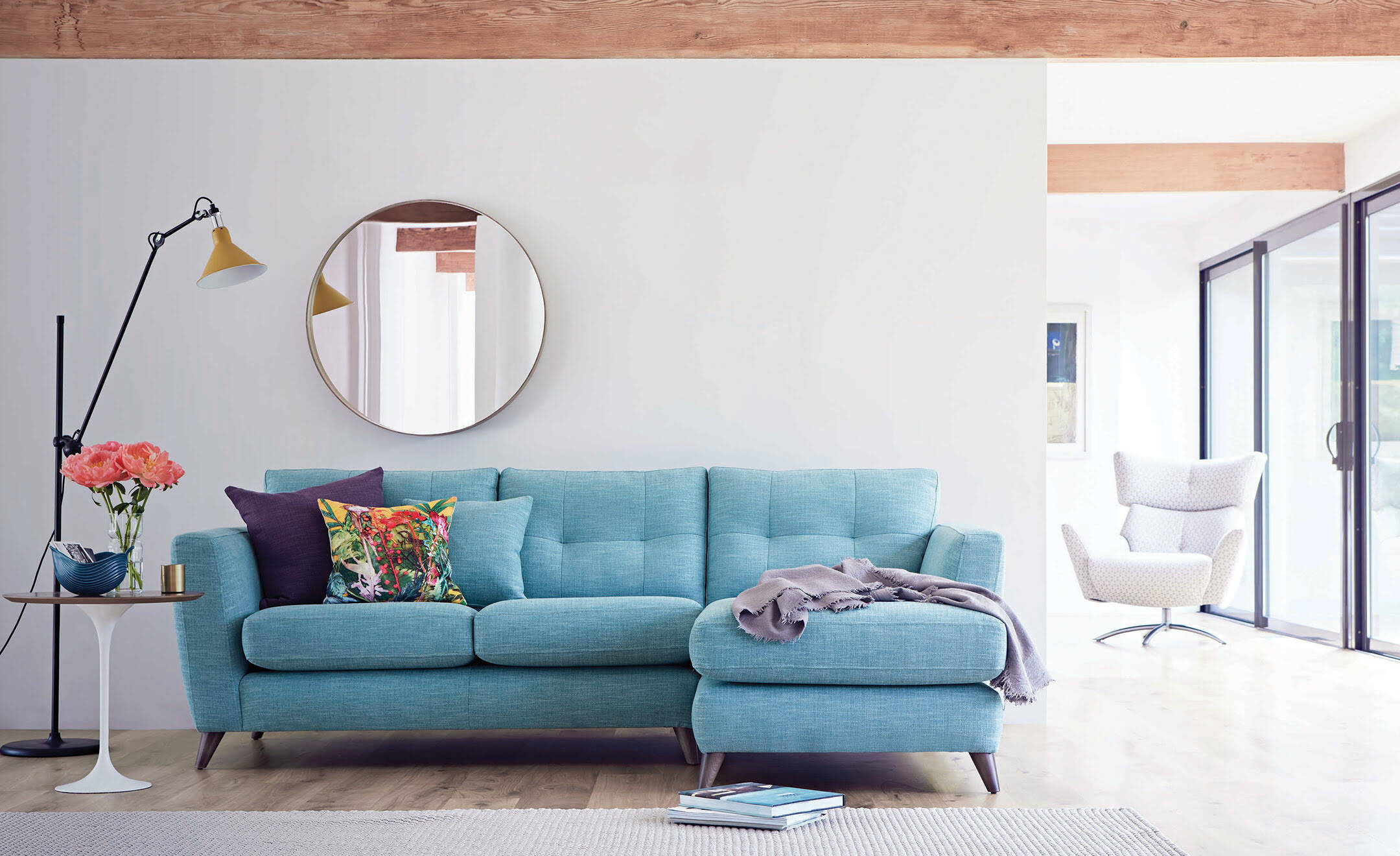
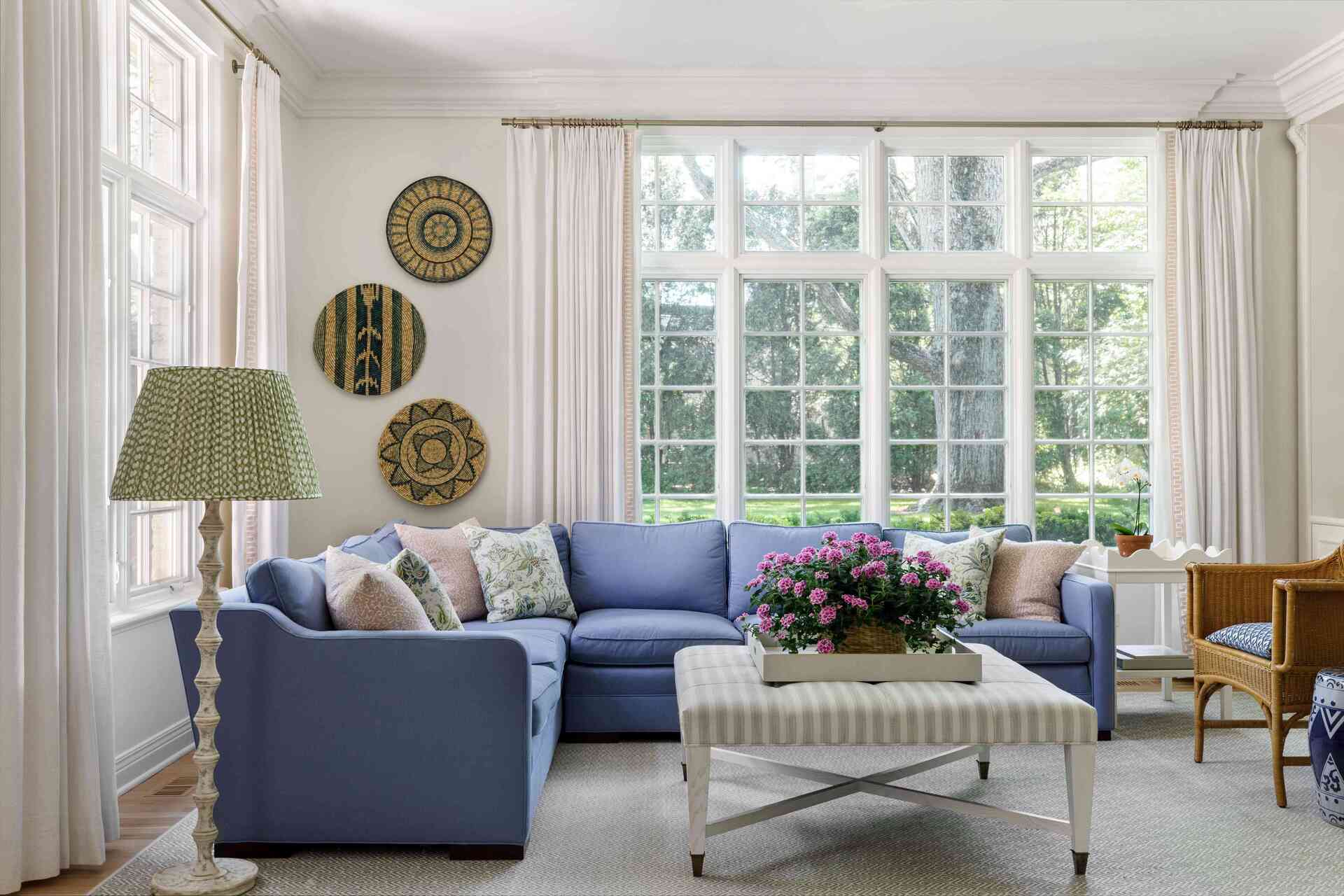
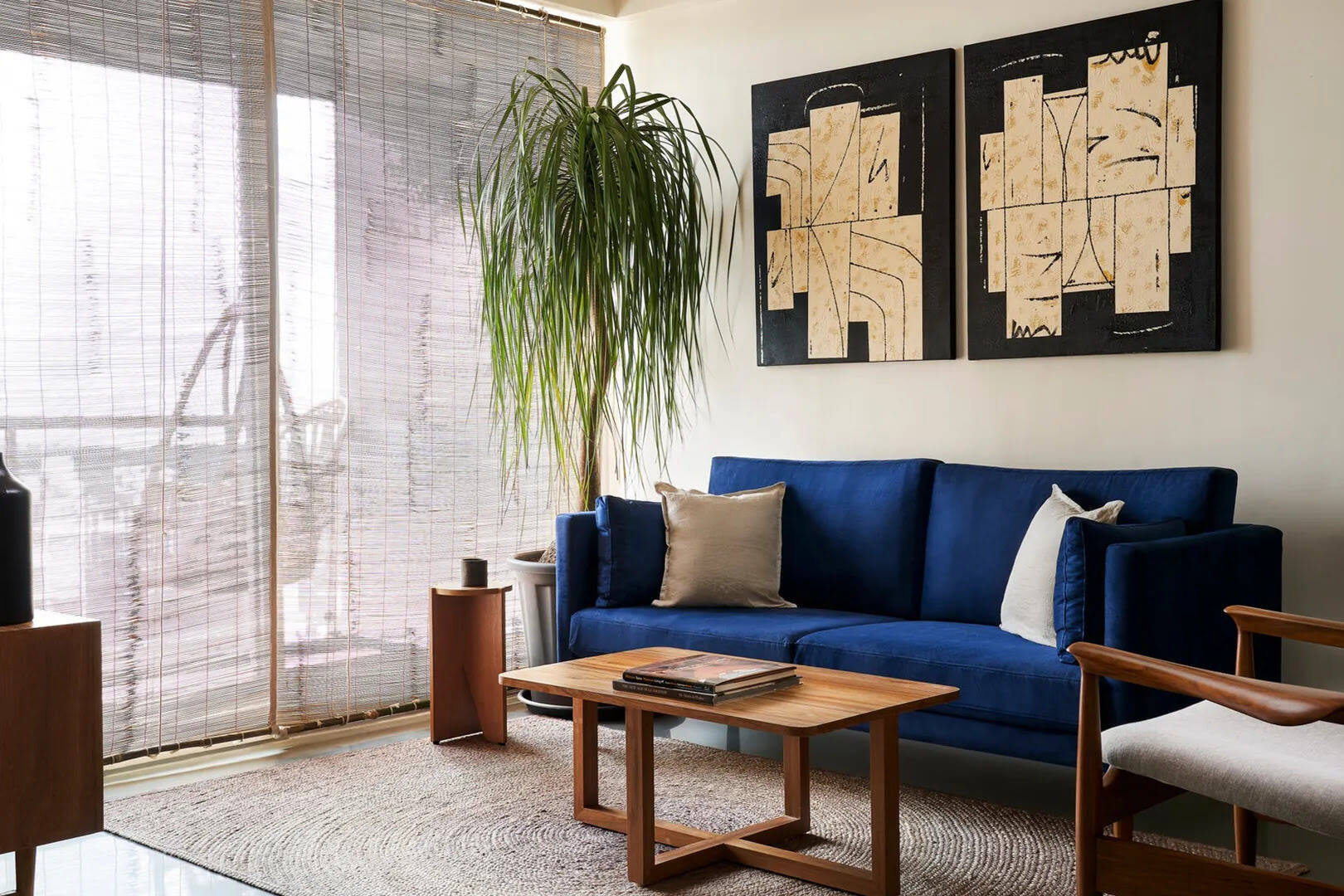
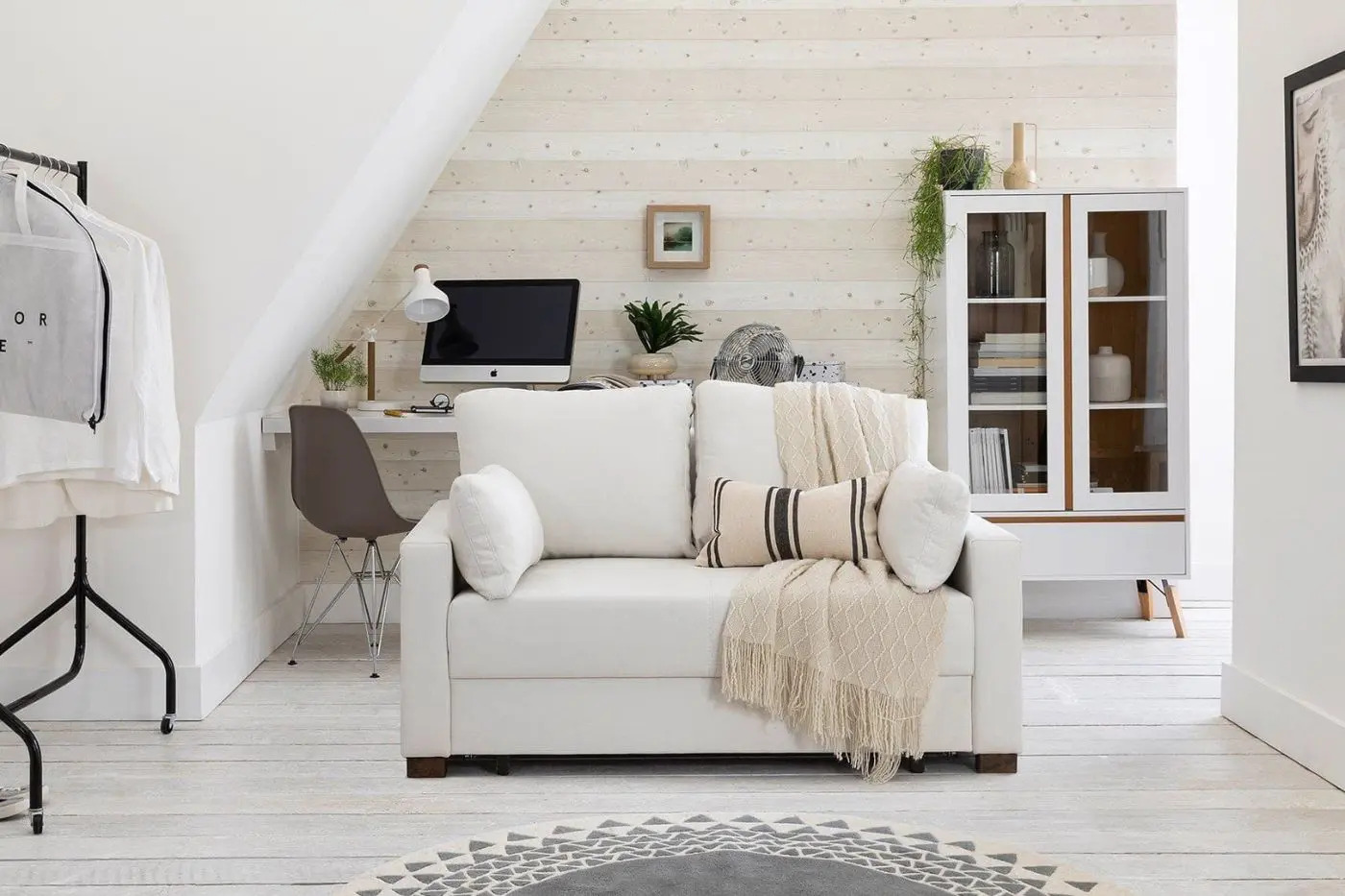
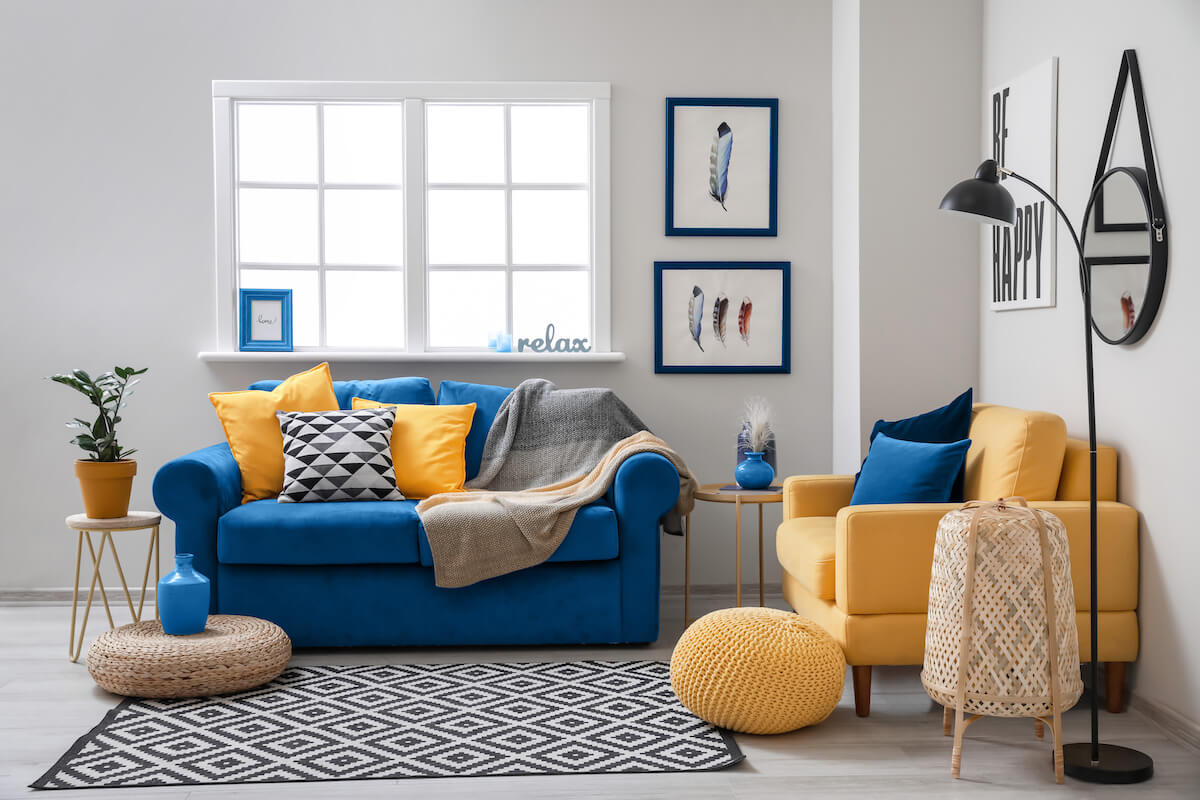
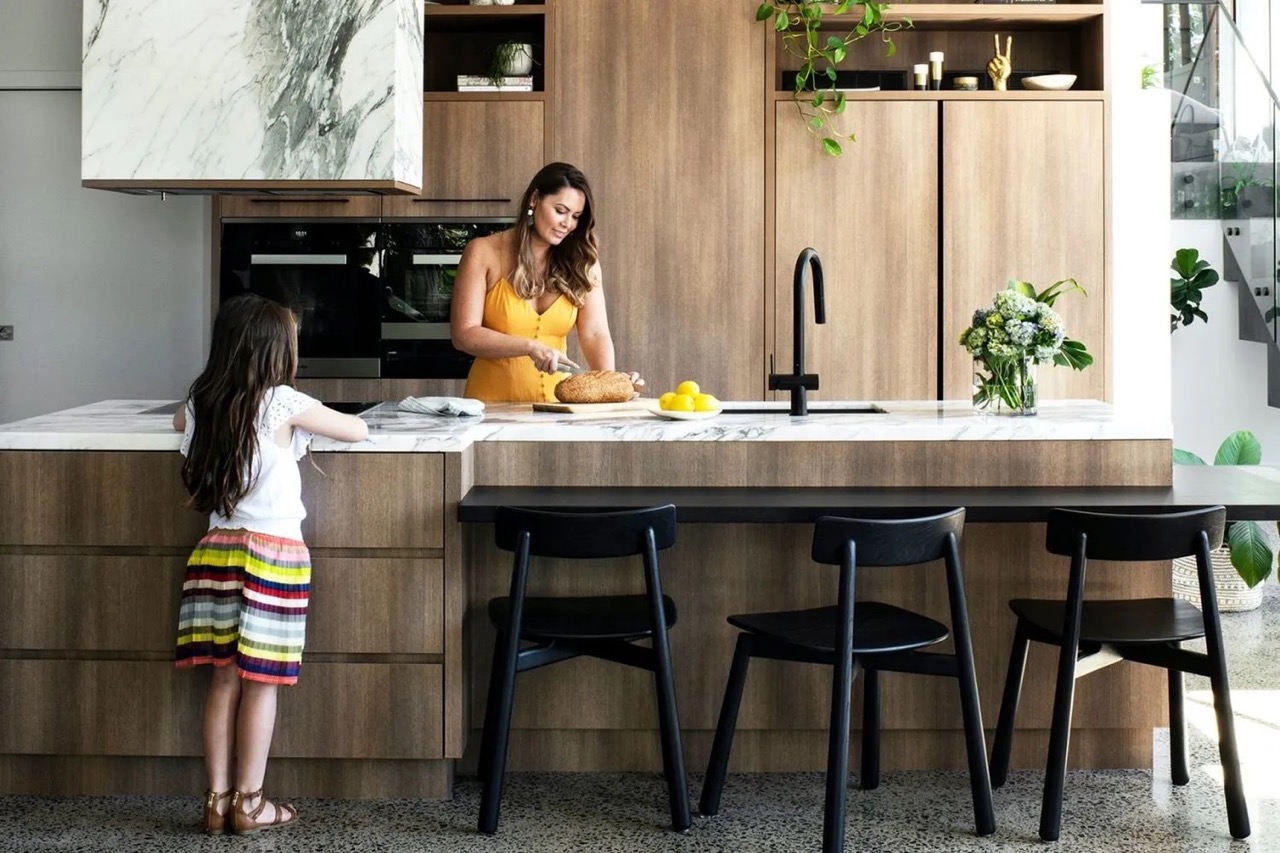
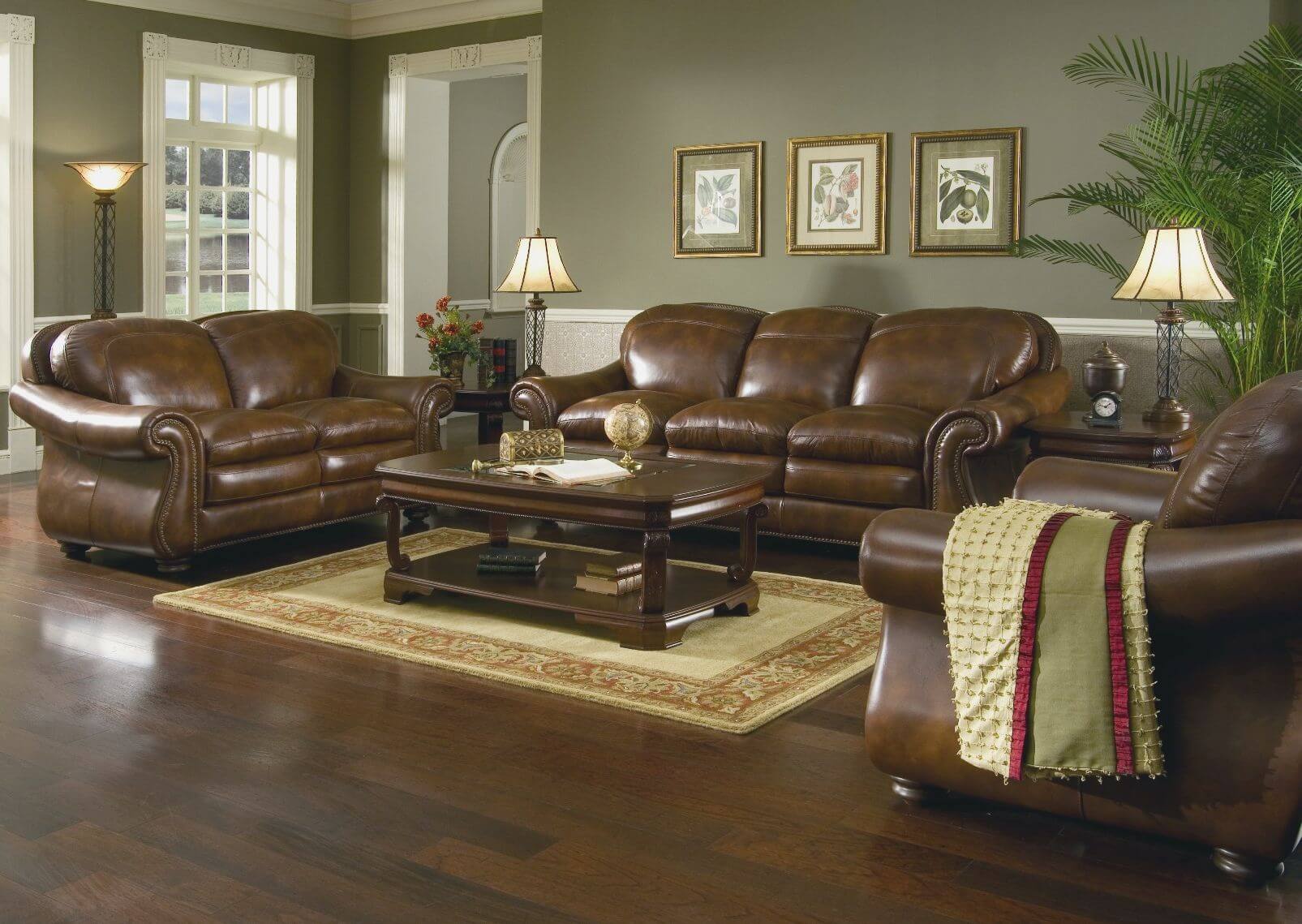
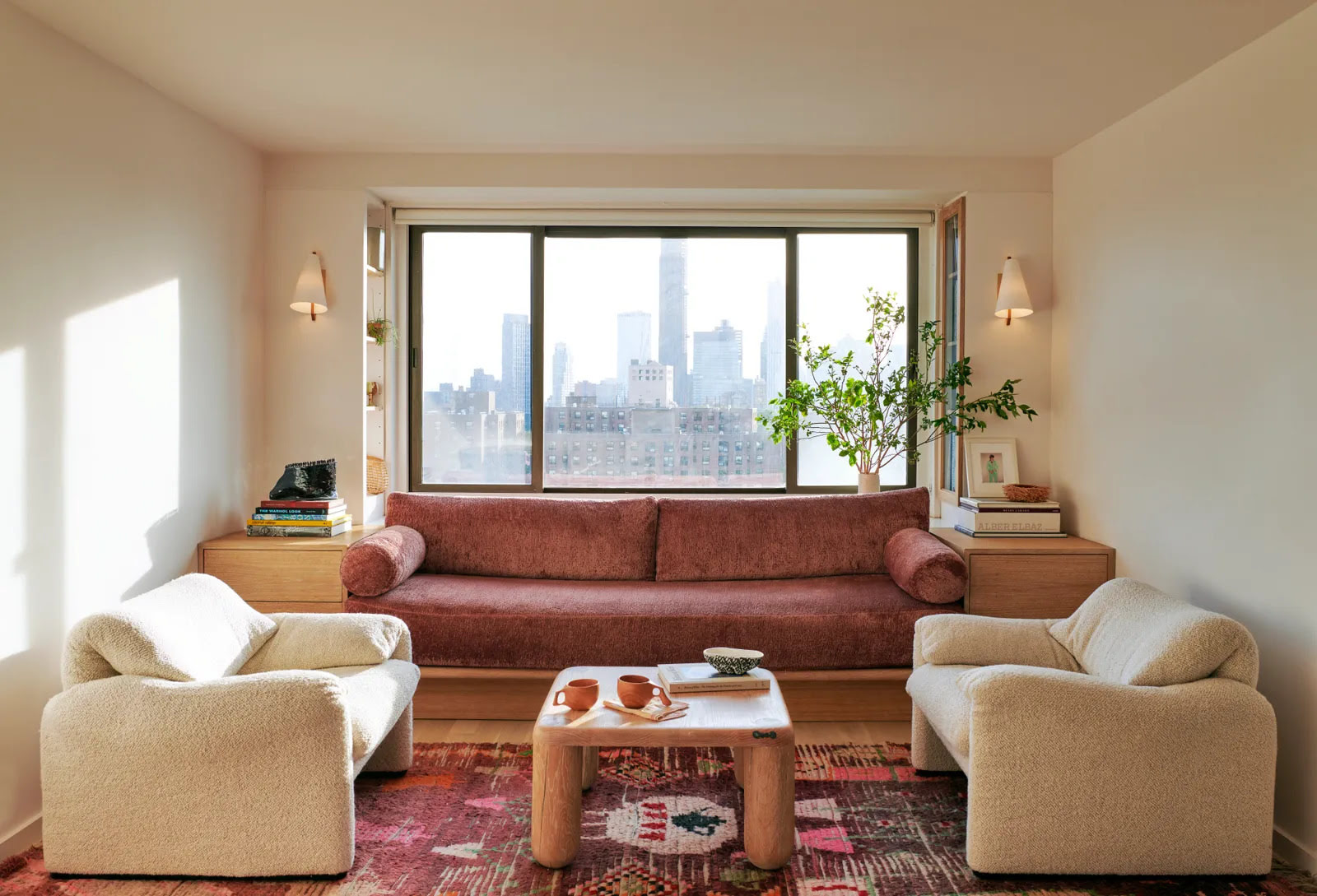
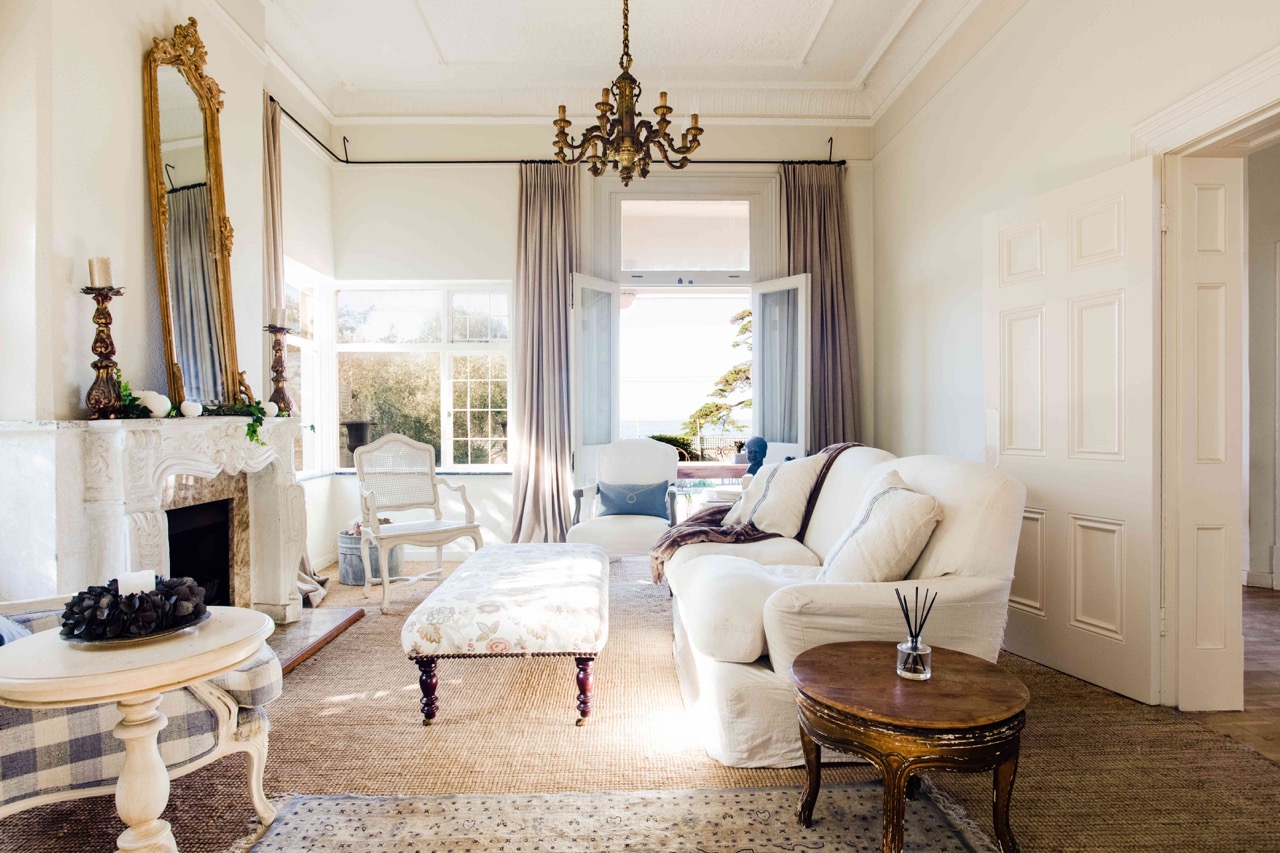
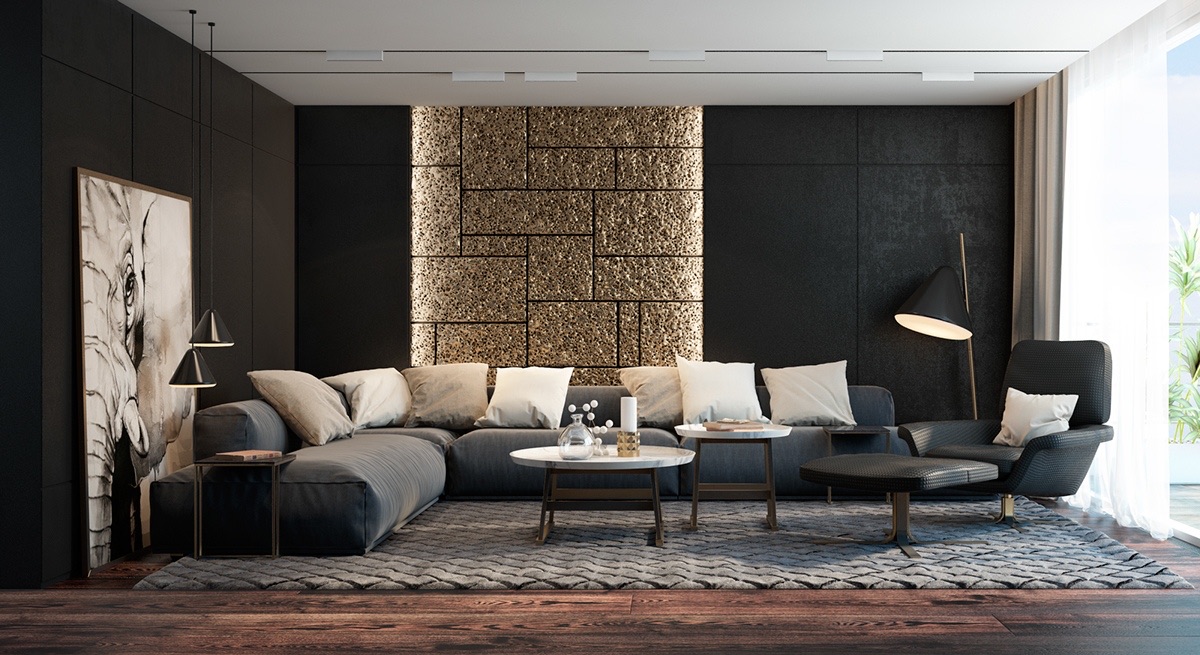
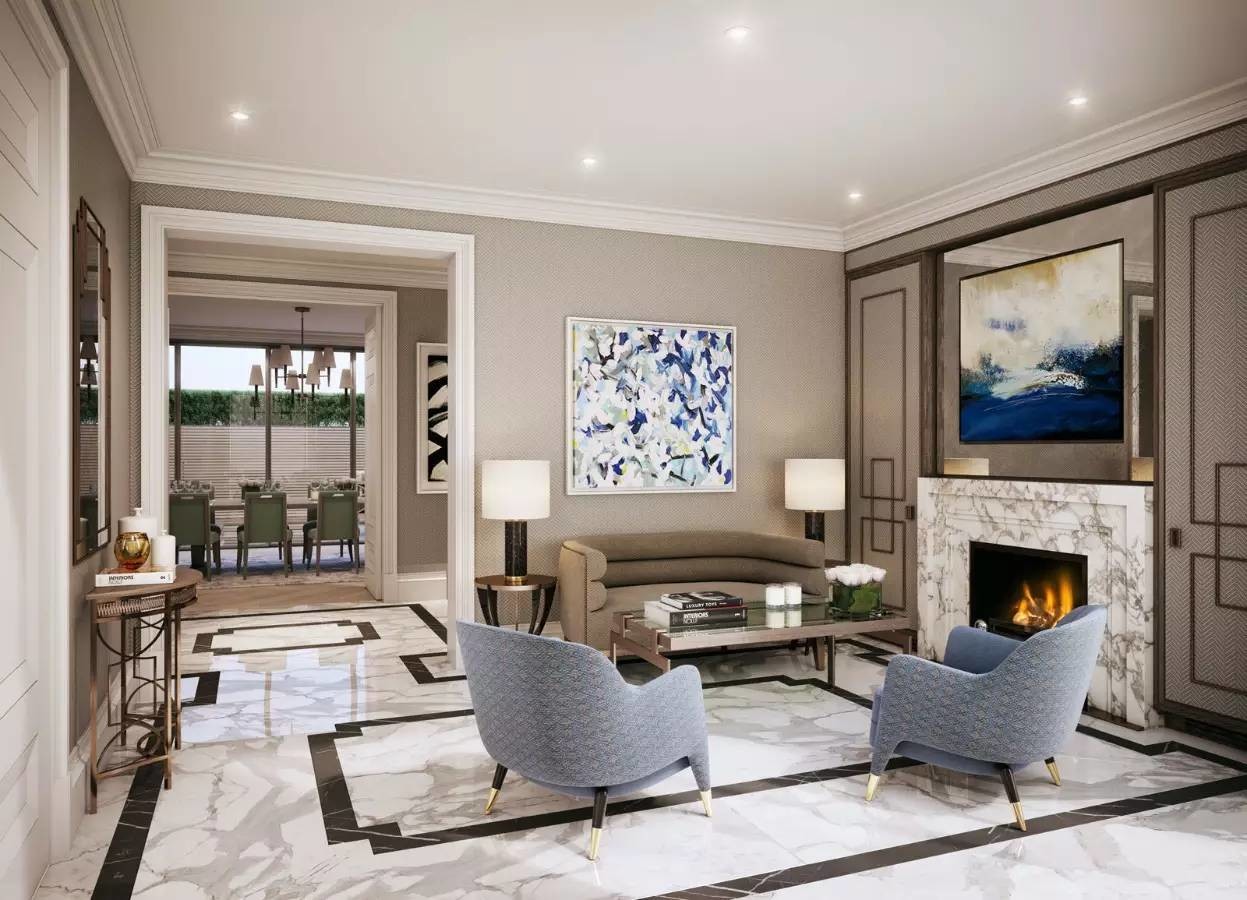
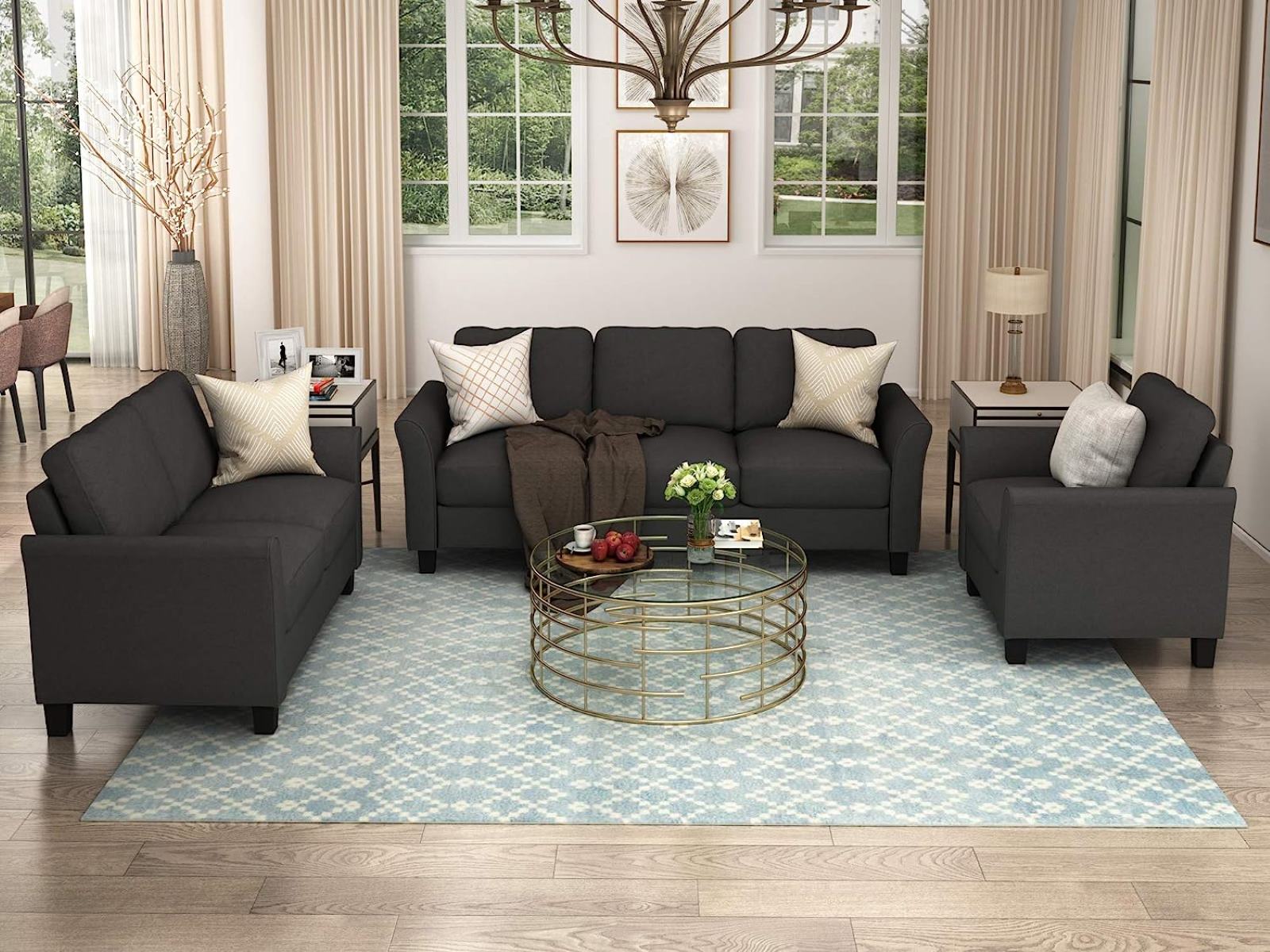
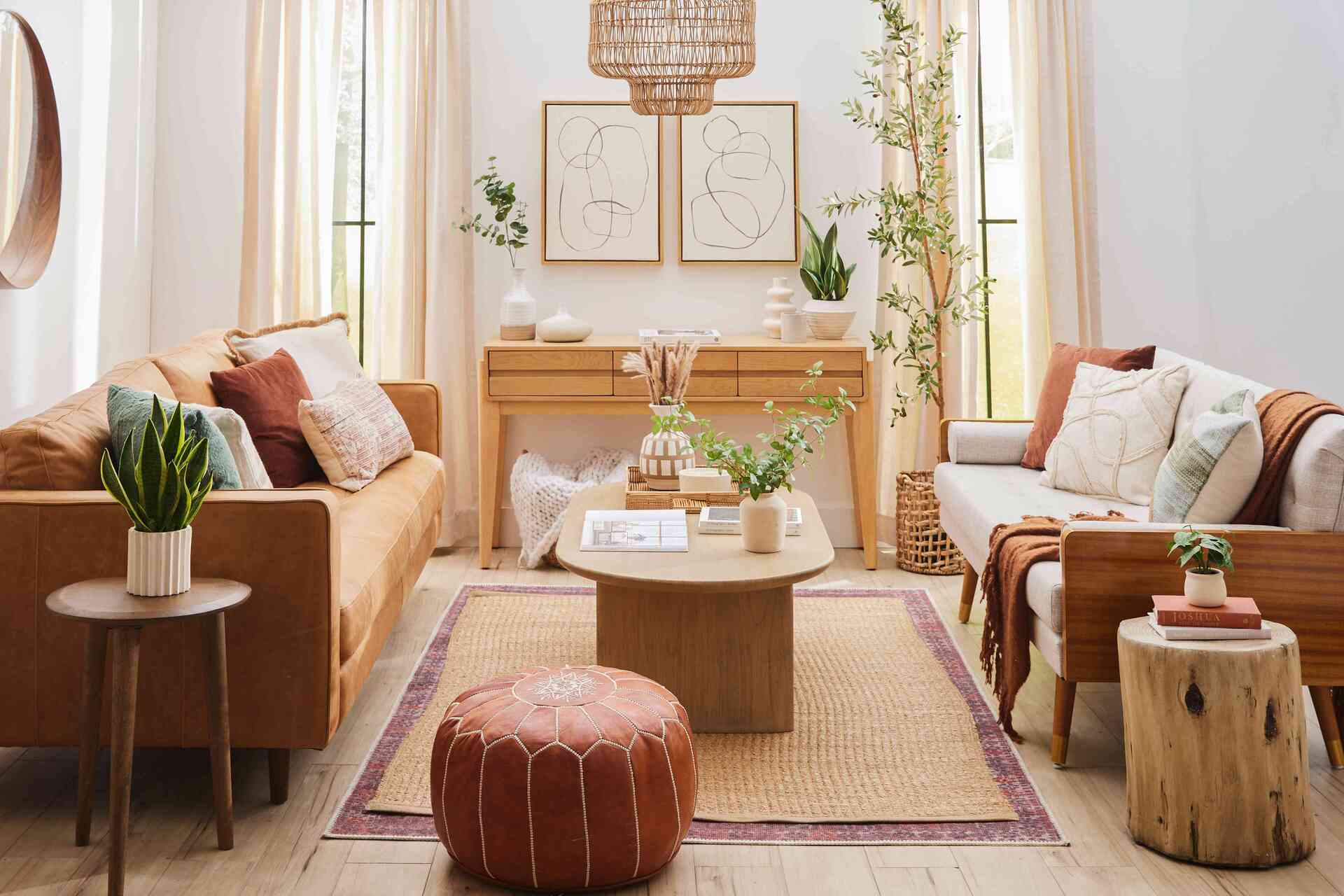

0 thoughts on “10 Living Room Sofa Ideas: The Essential Design Rules For Sofa Layouts And Trends”